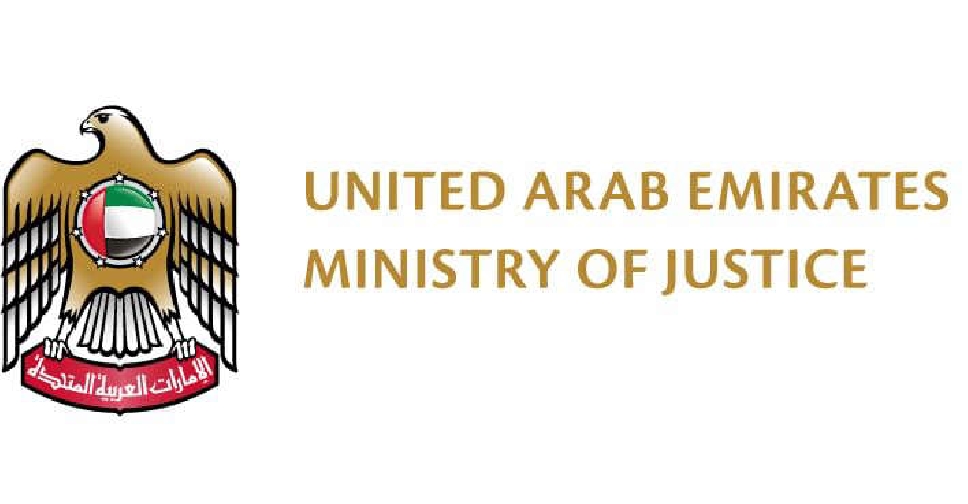
Dubai is set to transform into a year-round pedestrian-friendly city with a 6,500-plus km network of modern walkways across 160 areas.
The Dubai Walk Master Plan was unveiled on Saturday by His Highness Sheikh Mohammed bin Rashid Al Maktoum, Vice President and Prime Minister of the UAE and Ruler of Dubai.
Its pilot phase will run from 2025 to 2027, with full implementation in three stages from 2027 to 2040.
The plan includes constructing 3,300 km of new walkways and rehabilitating 2,300 km of existing ones by 2040, in addition to more than 900 km of walkways planned beyond 2040.
It also involves developing 110 pedestrian bridges and underpasses to enhance connectivity. This ambitious project aims to increase pedestrian and soft mobility from 13% to 25% by 2040.
.@HHShkMohd approves Dubai Walk Master Plan to transform Dubai into a year-round pedestrian-friendly city. pic.twitter.com/HqCeNCDrrS
— Dubai Media Office (@DXBMediaOffice) December 7, 2024
.@HHShkMohd approves Dubai Walk Master Plan to transform Dubai into a year-round pedestrian-friendly city. pic.twitter.com/q997Hcn4Sv
— Dubai Media Office (@DXBMediaOffice) December 7, 2024
The project is aligned with the Dubai 2040 Urban Master Plan’s ‘20-Minute City’ goal, enabling 80% of residents to access essential services within a 20-minute commute, and the Quality of Life Strategy 2033.
It focuses on enhancing pedestrian safety, connecting areas with existing walkways, and integrating creative and cultural elements into soft mobility infrastructure, reflecting the unique identity of each area.
The plan also promotes collaboration with strategic partners to deliver innovative infrastructure solutions while engaging youth to contribute creative ideas for walkway design and amenities.
Three Stages
Key projects include a bridge on Al Ittihad Road connecting Al Nahda and Al Mamzar, a bridge on Tripoli Street linking Al Warqa and Mirdif, a bridge on Al Khawaneej Street joining Mushrif and Al Khawaneej, and a bridge on Dubai-Al Ain Road connecting Dubai Silicon Oasis and Dubailand.
The project will seamlessly link major landmarks such as Burj Khalifa, Dubai International Financial Centre, Dubai Marina, and Jumeirah Lakes Towers. Each route will feature distinctive designs, colours, lighting, and landscaping, reflecting the unique identity of its surrounding area.
The walkways will incorporate greenery, shaded areas, misting systems, interactive digital screens, art displays, sports and entertainment equipment, rest areas, and commercial spaces.
Accessibility and safety are prioritised through the use of signage, ground markings, lighting, integrated pavements, art displays, and integration with navigation systems and smart applications.
Sheikh Mohammed reviewed plans for the 17 km first phase of pedestrian walkways, featuring two key routes: The 15 km Al Ras Historical Route in Al Ras and Al Souk Al Kabeer highlights the emirate’s heritage, including 5 km along the revitalised waterfront with 25 rehabilitated public squares featuring shaded rest areas, green spaces, and art displays.
The Future Loop
His Highness also reviewed ‘The Future Loop’ project which will be implemented at the Museum of the Future area.
This iconic elevated walkway, spanning 2 km with a width ranging from 6 to 15 metres, seamlessly connects key landmarks, including the Dubai World Trade Centre, Museum of the Future, Emirates Towers, Dubai International Financial Centre, and nearby metro stations.
‘The Future Loop’ will be connected to 10 key locations, and will feature a 30,000-square-metre air-conditioned level for year-round walking, and an additional 30,000 square metres of shaded, green open spaces.
The project, which will include commercial spaces, is set to be developed through a public-private partnership.
Walkways and Urban Spaces Models
The Scenic-Leisure Walkways include 112 km of waterfront paths, 64 km in urban areas, 124 km of green paths, and 150 km of rural and mountain trails.
The City Connectivity Walkways focus on first- and last-mile connections to public transport in 30 areas, including Al Rigga, Business Bay, Al Bada’a, and the Trade Centre.
The Community Walkways are designed to link residential areas to nearby attractions in 50 areas, beginning with Al Barsha 2, Al Khawaneej 2, and Al Mizhar 1.
Sheikh Mohammed also reviewed three models for urban spaces. The first model, Plazas, will be implemented in four locations: Etihad Museum, 2nd of December Street, Al Mamzar, and Mushrif.
The second model, Superblocks, will cover four areas in its initial phase: Al Fahidi, Al Quoz, Al Karama, and Abu Hail.
The third model, Boulevards, will be executed on four streets: Jumeirah, Baniyas, Al Khaleej, and Al Muraqqabat, transforming them into pedestrian-friendly spaces.
Road Infrastructure
Sheikh Mohammed was briefed on road infrastructure developments in ‘The Future Loop’ area, including enhancements to the Trade Centre Roundabout and Al Mustaqbal Street.
The project will construct 6,200 metres of vehicle bridges and tunnels, transforming the roundabout into a surface-level intersection, improving traffic flow for seven surrounding areas and benefiting approximately 500,000 residents and visitors.
These enhancements will increase road capacity by 30% (from 9,000 to 12,000 vehicles per hour) and reduce travel time from eight minutes to just over three.
Global Competition
A global competition, attracting six renowned international consultancy firms, sought innovative walkway designs for Al Ras and the Museum of the Future area.
LXA's first-place concept was selected for the Museum of the Future area, envisioning a 2 km iconic bridge reflecting the area's elegance and premium infrastructure, complementing landmarks like the Museum of the Future.
The elevated walkway integrates with the area's futuristic vision, creating a new tourist landmark and ensuring smooth pedestrian and traffic flow.
The bridge connects major attractions and integrates three Red Line metro stations to encourage the use of public transport.
Al Ras Pathway
The Al Ras area design preserves its historical character using minimalist interventions for walkways and plazas.
Simple designs, materials, and harmonious colours are emphasised. Public spaces between historical buildings will be rehabilitated to create shaded rest areas, green spaces, and areas for art and cultural displays.
Innovative microclimate control, leveraging the area's natural layout, will ensure pedestrian comfort. Diverse flooring materials will guide visitors to key attractions, and the complete street concept will redesign roads to prioritize pedestrians and soft mobility.
Smart Application
A smart application will be launched which will promote walking by enabling users to track and share their walking data (routes, steps, duration, distance).
It will provide information on walkway features, facilities, user reviews, and allow users to save favourite routes.
The app will also include a database of Dubai's pedestrian network, highlighting points of interest, art displays, rest areas, and nearby events. A reward system will award points for distances walked, redeemable for discounts or digital wallet credits.



 UAE says companies under US sanctions not operating in country
UAE says companies under US sanctions not operating in country
 Dubai Police arrests 222 beggars during Ramadan, Eid
Dubai Police arrests 222 beggars during Ramadan, Eid
 Dubai rolls out variable parking rates
Dubai rolls out variable parking rates
 Watch: UAE search, rescue team continues relief efforts in Myanmar
Watch: UAE search, rescue team continues relief efforts in Myanmar


